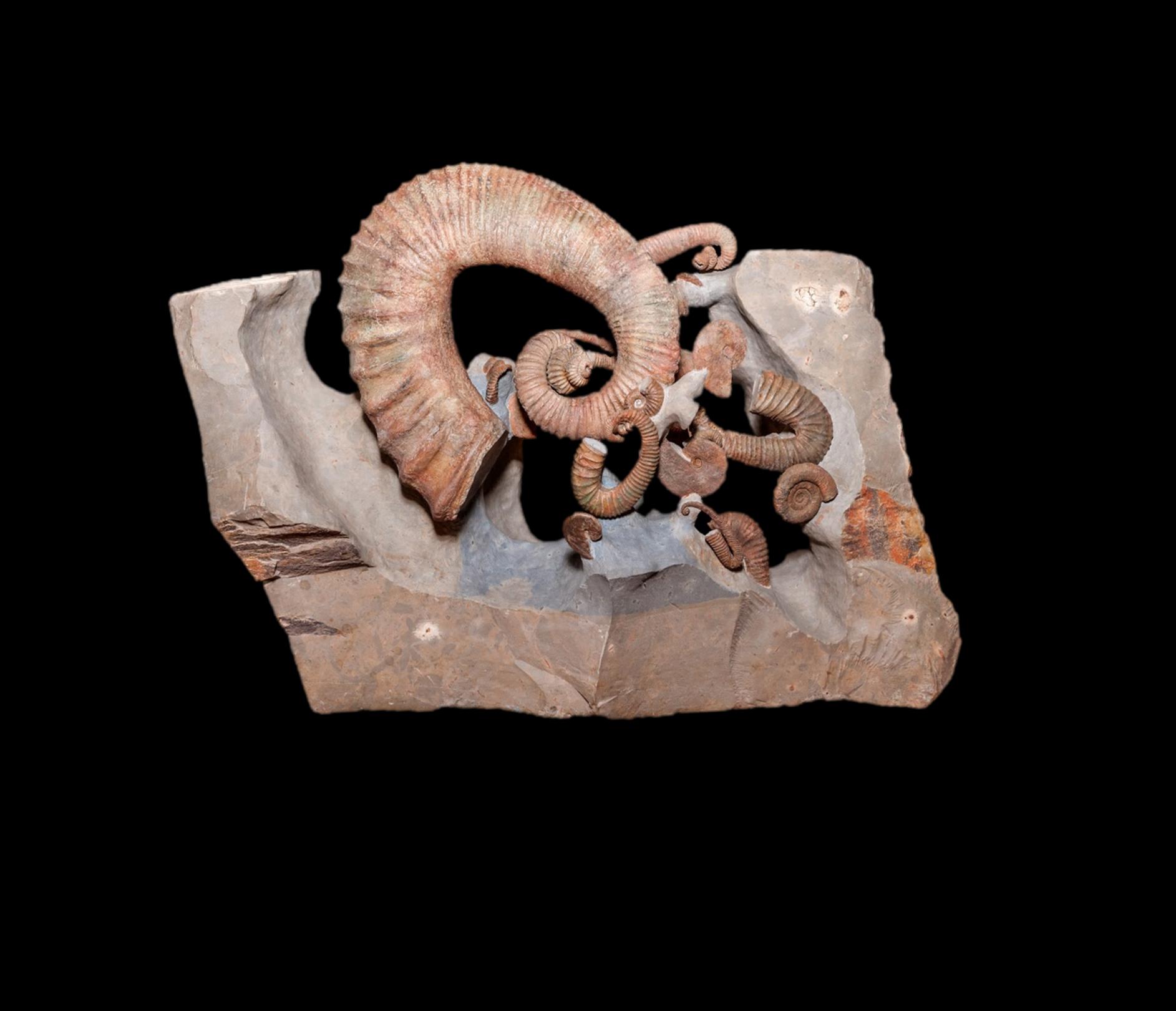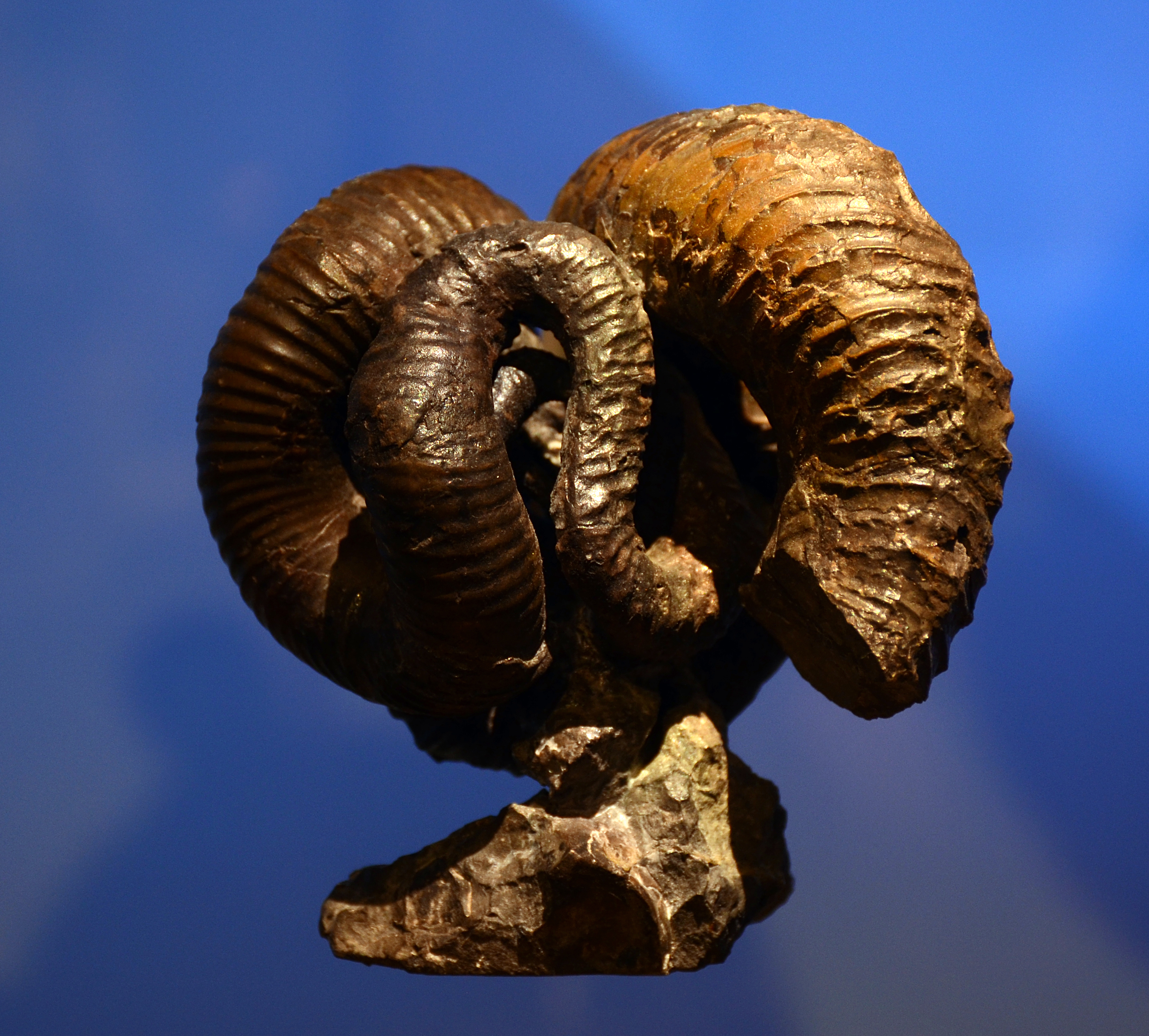heteromorph on:
[Wikipedia]
[Google]
[Amazon]
The Ancyloceratina were a diverse suborder of
 Ancyloceratida varied widely in size, ranging from diminutive ''Ptychoceras'', which was barely long, to ''Baculites'' and '' Diplomoceras'', which could grow to in length. Some species were very widely distributed, for example some species of ''Hamites'' can be found in Eurasia, South America,
Ancyloceratida varied widely in size, ranging from diminutive ''Ptychoceras'', which was barely long, to ''Baculites'' and '' Diplomoceras'', which could grow to in length. Some species were very widely distributed, for example some species of ''Hamites'' can be found in Eurasia, South America,


 Suborder Ancyloceratina
* Superfamily Ancyloceratoidea
** Family
Suborder Ancyloceratina
* Superfamily Ancyloceratoidea
** Family
Scientific report on the functional morphology of Cretaceous heteromorph ammonites
* {{Taxonbar, from=Q290948 Ammonitida suborders Prehistoric animal suborders Mollusc suborders Late Jurassic first appearances Maastrichtian extinctions
ammonite
Ammonoids are a group of extinct marine mollusc animals in the subclass Ammonoidea of the class Cephalopoda. These molluscs, commonly referred to as ammonites, are more closely related to living coleoids (i.e., octopuses, squid and cuttlefish) ...
most closely related to the ammonites of order Lytoceratina. They evolved during the Late Jurassic but were not very common until the Cretaceous period, when they rapidly diversified and became one of the most distinctive components of Cretaceous marine faunas. They have been recorded from every continent and many are used as zonal or index fossils. The most distinctive feature of the majority of the Ancyloceratina is the tendency for most of them to have shells that are not regular spirals like most other ammonites. These irregularly-coiled ammonites are called heteromorph ammonites, in contrast to regularly coiled ammonites, which are called homomorph ammonites.
Biology
The biology of the heteromorph ammonites is not clear, but one certainty is that their uncoiled shells would have made these forms very poor swimmers. Open shells, particularly ones with spines and ribs, create a lot of drag; but more importantly, the orientation of the shell, with the body hanging below the buoyant part of the shell, would have created a serious impediment to efficient swimming. It's more likely these ammonites either drifted in the plankton, collecting small animals on long tentacles like modern jellyfish, or else they crawled along the sea floor feeding on sessile or slow-moving animals such as clams.Morphology
 Ancyloceratida varied widely in size, ranging from diminutive ''Ptychoceras'', which was barely long, to ''Baculites'' and '' Diplomoceras'', which could grow to in length. Some species were very widely distributed, for example some species of ''Hamites'' can be found in Eurasia, South America,
Ancyloceratida varied widely in size, ranging from diminutive ''Ptychoceras'', which was barely long, to ''Baculites'' and '' Diplomoceras'', which could grow to in length. Some species were very widely distributed, for example some species of ''Hamites'' can be found in Eurasia, South America, Australia
Australia, officially the Commonwealth of Australia, is a Sovereign state, sovereign country comprising the mainland of the Australia (continent), Australian continent, the island of Tasmania, and numerous List of islands of Australia, sma ...
, and Antarctica. Others, like those inhabiting the Western Interior Seaway that covered much of the US, were much more localized.
In the more primitive forms, the shell departs only slightly from being a perfect spiral, with only the last, outermost whorl being open, forming a hook underneath the main spiral. In such forms the spiral was the chambered, buoyant part of the shell, and the hook was the living chamber in which the soft body of the ammonite resided. Examples of such types were '' Ancyloceras'', '' Protanisoceras'', and '' Tropaeum''. The more advanced heteromorphs departed from such forms radically. The shells of '' Ptychoceras'' consisted of three or four shafts squashed together and connected with tight, 180 degree bends. Members of the genus '' Hamites'' were much larger but had a similar sort of shape, though the shafts were open so that the whole thing looked rather like a big paper clip.
Many of the earlier heteromorph forms had regularly coiled shells barely distinguishable from the homomorph ammonites (for example, the Lower Cretaceous genus '' Deshayesites''). Some offshoots of the uncoiled varieties even went back to being regularly coiled. Most notable among these were the '' Scaphites'', '' Hoploscaphites'' and their relatives, which were mostly regular spirals in shape except for a very slight hook at the end.
The Late Cretaceous enjoyed the widest variety of heteromorphs, including the straight-shelled '' Baculites'' and '' Sciponoceras''; the helically coiled ''Turrilites
''Turrilites'' is a genus of helically coiled ammonoid cephalopods from the lower part of the Upper Cretaceous (Cenomanian and Turonian); generally included in the Ancyloceratina. Previously (Arkell, 1957) it was included in the ammonoid suborder ...
''; and the bizarre '' Nipponites'', which looked more like a ball of string than anything else. Some forms combined different coiling modes. For example, '' Nostoceras'' started off with a helix like a ''Turrilites'', but had a planar hook hanging underneath, more like an ''Ancyloceras''.
The thin shelled heteromorphic ammonites probably lived at depths .
Classification


 Suborder Ancyloceratina
* Superfamily Ancyloceratoidea
** Family
Suborder Ancyloceratina
* Superfamily Ancyloceratoidea
** Family Acrioceratidae
Acrioceratidae is a family of heteromorph ammonites included in the Ancyloceratoidea comprising ancyloceratid-like forms that start off with a coiled juvenile section, followed by a straight or curved shaft ending in a hook. Two described gener ...
** Family Ancyloceratidae
Ancyloceratidae is a family of heteromorphic Ammonitida, ammonites that lived during the Early Cretaceous. Their shells begin as a loose spiral with whorls not touching which then turns into a straight shaft that ends in a J-shape hook or bend ...
** Family Bochianitidae
** Family Crioceratitidae
** Family Hamulinidae
Hamulinidae is an extinct Ammonoidea, ammonoid cephalopod family belonging to the order Ammonitida. with and (1996), ''Mollusca 4 Revised , Cretaceous Ammonoidea'', vol. 4, in ''Treatise on Invertebrate Paleontology'', Part L (Roger L. Kaesl ...
** Family Hemihoplitidae
Hemihoplitidae is an extinct family of ammonoid cephalopods belonging to the superfamily Ancyloceratoidea. Fossils of species within this genus have been found in the Cretaceous
The Cretaceous ( ) is a geological period that lasted from about 1 ...
** Family Heteroceratidae
** Family Himantoceratidae
** Family Labeceratidae
** Family Macroscaphitidae
Macroscaphitidae (Greek μακρός, long and σκάφος, boat) is an extinct family of ptychoceratoid cephalopods from the subclass Ammonoidea that lived from the Lower Barremian to the Lower Cenomanian stages of the Cretaceous. Fossils of M ...
** Family Ptychoceratidae
* Superfamily Deshayesitoidea
** Family Deshayesitidae
** Family Parahoplitidae
Parahoplitidae is an extinct family of Cretaceous Ammonitida, ammonites with stoutly ribbed, compressed, generally involute shells lacking or with only minor tubercles included in the Deshayestoidea, a superfamily now separated from the Hoplitaca ...
* Superfamily Douvilleiceratoidea
** Family Astiericeratidae
** Family Douvilleiceratidae
** Family Trochleiceratidae
* Superfamily Scaphitoidea
** Family Scaphitidae
* Superfamily Turrilitoidea
** Family Anisoceratidae
Anisoceratidae is an extinct Family (biology), family of heteromorph ammonites which belong to the Ancyloceratina superfamily Turrilitoidea. Members of the family range is from the lower Albian to the upper Turonian. The family is possibly deriv ...
** Family Baculitidae
Baculitidae is a family of extinct Ammonoidea, ammonoid cephalopods that lived mostly during the Late Cretaceous, and often included in the suborder Ancyloceratina.
Baculitid genera are characterized by a small to minute initial coil of about tw ...
** Family Diplomoceratidae
** Family Hamitidae
''Hamites'' (":wikt:Hamites, hook-like") is a genus of heteromorph ammonite that evolved late in the Aptian stage of the Early Cretaceous and lasted into the Cenomanian stage of the Late Cretaceous. The genus is almost certainly paraphyletic but ...
** Family Nostoceratidae
** Family Turrilitidae
Turrilitidae is a family of extinct heteromorph ammonite cephalopods. All members had shells that coiled helically that tended to resemble auger shells. The ecological roles turrilitids played is largely unknown, as experts are still speculati ...
Footnotes
References
* * Pasch, A. D., K. C. May. 2001. Taphonomy and paleoenvironment of hadrosaur (Dinosauria) from the Matanuska Formation (Turonian) in South-Central Alaska. In: ''Mesozoic Vertebrate Life''. Ed.s Tanke, D. H., Carpenter, K., Skrepnick, M. W. Indiana University Press. Pages 219–236.External links
Scientific report on the functional morphology of Cretaceous heteromorph ammonites
* {{Taxonbar, from=Q290948 Ammonitida suborders Prehistoric animal suborders Mollusc suborders Late Jurassic first appearances Maastrichtian extinctions